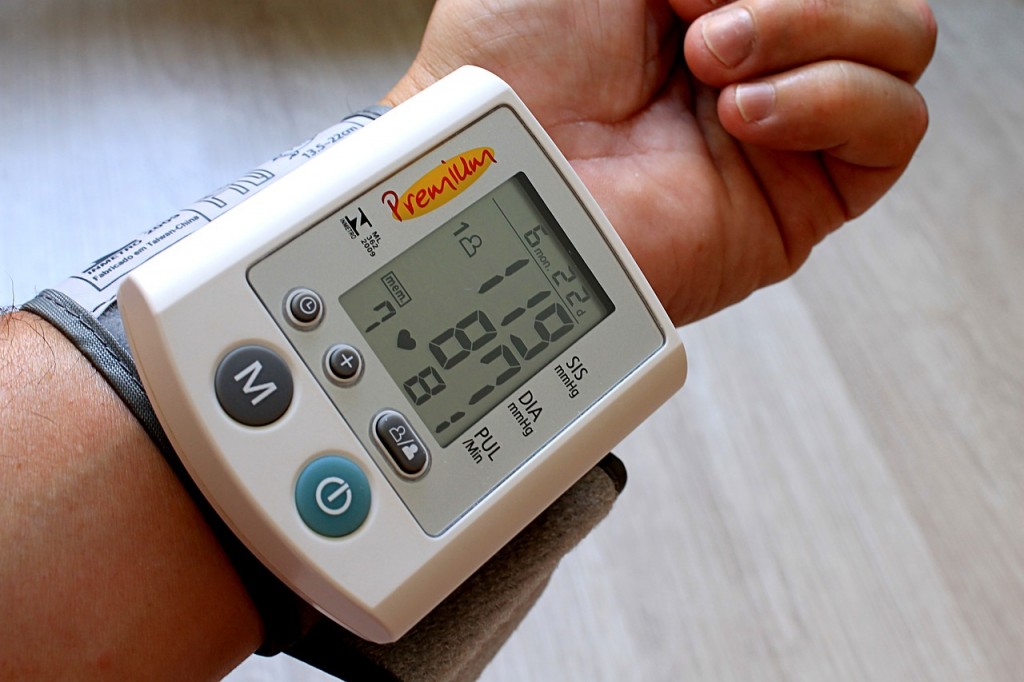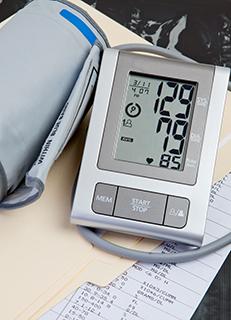Read the results of the first ever study to show a link between eating out and high blood pressure, or hypertension.

A recent study on university-going young adults, by researchers from the Duke-NUS Graduate Medical School Singapore (Duke-NUS), is the first ever to show an association between meals eaten away from home and high blood pressure.
These findings highlight lifestyle factors that can affect hypertension and emphasise the importance of being aware of the salt and calorie content in food, to facilitate better meal choices when eating out.
Globally, high blood pressure, or hypertension, is the leading risk factor for death associated with cardiovascular disease. Studies have shown that young adults with pre-hypertension, or slightly elevated blood pressure, are at very high risk of hypertension.
Eating meals away from home have been shown to be associated with higher caloric intake, higher saturated fat intake and higher salt intake. These eating patterns are thought to cause high blood pressure.
Duke-NUS Professor Tazeen Jafar designed and supervised a study to find behaviours associated with hypertension in a young adult population in Southeast Asia. Her team, including Duke-NUS medical student Dominique Seow, surveyed 501 university-going young adults aged 18 to 40 years in Singapore.
Data on blood pressure, body mass index and lifestyle, including meals eaten away from home and physical activity levels, were collected. Their association with hypertension was then determined.
Continue Reading Below ↓↓↓
Using statistical analysis, the team found that pre-hypertension was found in 27.4% of the total population, and 38% ate more than 12 meals away from home per week; while the gender breakdown showed that pre-hypertension was more prevalent in men (49%) than in women (9%).
Those who had pre-hypertension or hypertension were more likely to eat more meals away from home per week, have a higher mean body mass index, have lower mean physical activity levels, and be current smokers.
The novel finding in this study is the link that Dr. Jafar’s team was able to show between pre-hypertension and hypertension with meals eaten away from home. What is also significant is that even eating one extra meal out, raised the odds of prehypertension by 6%.
“While there have been studies conducted in the United States and Japan to find behaviours associated with hypertension, very few have surveyed a Southeast Asian population,” said Dr. Jafar, who is from the Health Services and Systems Programme at Duke-NUS. “Our research plugs that gap and highlights lifestyle factors associated with pre-hypertension and hypertension that are potentially modifiable, and would be applicable to young adults globally, especially those of Asian descent.”
The findings in this study can be used to modify behaviour through changes in clinical and policy recommendations. Clinicians can intervene to advise young adults to modify their lifestyle behaviours while food policy changes can be made to regulate salt and fat in eateries. Clinicians can also advise younger male patients that they are at higher risk for pre-hypertension in order to make them more aware of their predisposition to the condition.
Future studies should examine the effect of lifestyle modification programmes on blood pressure levels on the at-risk population found in this study. Dr. Jafar’s team plans to lead a related intervention study on prevention of hypertension among young adults in Singapore.
This study was published online on 19 Mar 2015 in the American Journal of Hypertension and was supported by the Duke-NUS Signature Research Programme, with funding from the Singapore Ministry of Health.










